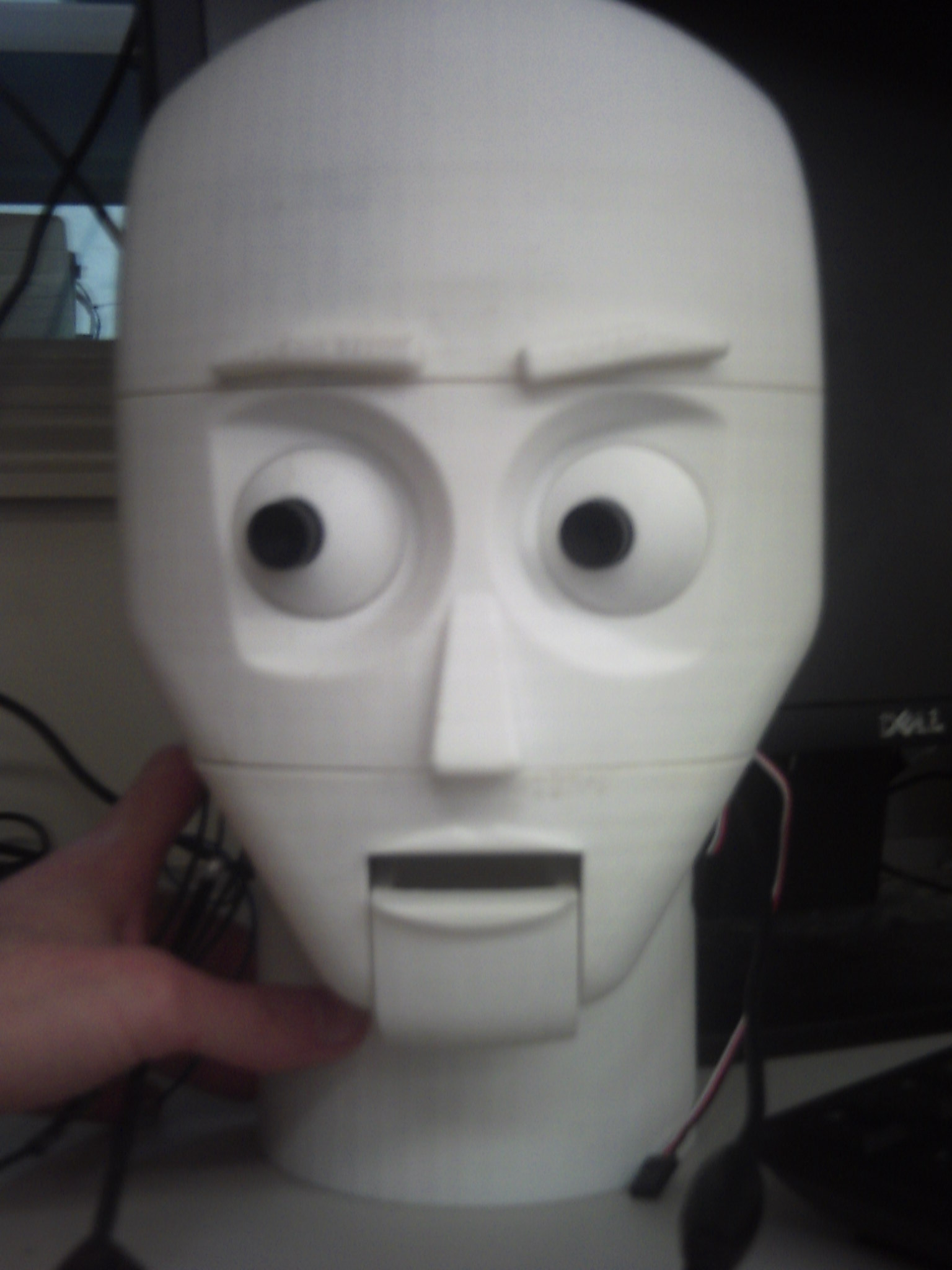Mechatronics and Controls lab - Part C
Lee Hollman
This past week saw a great deal of research done on the CAESAR robot and how it can be applied to teach emotional recognition skills to children on the autism spectrum. After an analysis of case studies about autism therapy robots and speaking to several companies that manufacture such robots, I drafted a report detailing how CAESAR can function with an accompanying app to demonstrate six universal facial expressions as determined by psychologist Paul Ekman. The reports also discusses what the app looks like and how it is to be used, how the app and CAESAR can be tested with children who have varying levels of ASD concerns, and how CAESAR compares in terms of cost and in function to other available autism-therapy robots. The report concludes with an entrepreneurial component detailing whom CAESAR can be marketed to along with incentives for new customers who might at first be uncomfortable using a robot.
